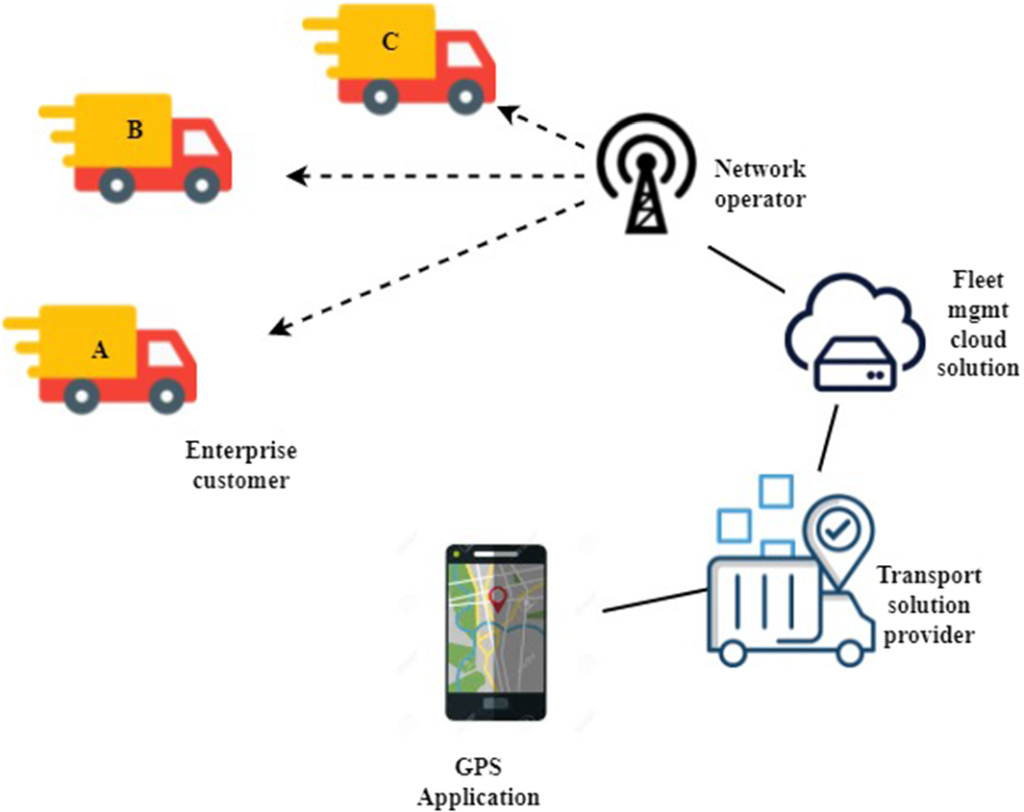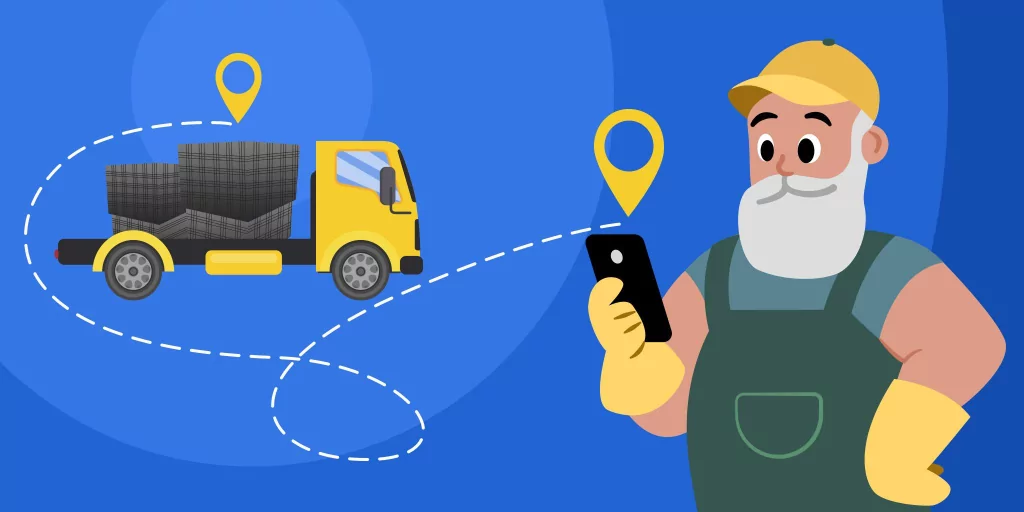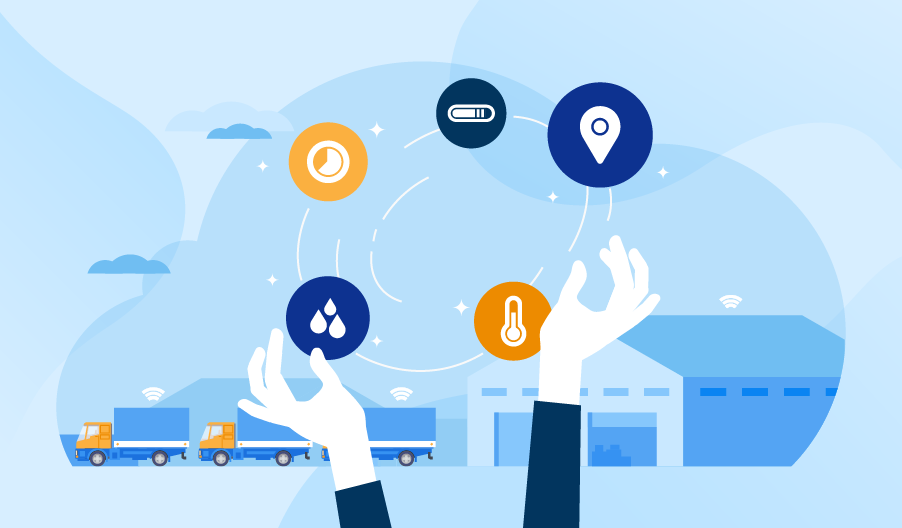IoT Logistics: Enhancing Deliveries and Reducing Chargebacks
Timely and accurate deliveries are critical in logistics. A missed delivery or incorrect shipment not only impacts customer satisfaction but can also result in costly chargebacks. To address these challenges, businesses are increasingly turning to visibility services powered by the Internet of Things (IoT) Logistics. IoT Logistics allows real-time tracking, inventory management, and seamless communication, significantly reducing errors and enhancing efficiency. This article explores how IoT is revolutionizing the logistics and delivery services sector, helping businesses minimize disruptions and improve overall operational performance.

What is IoT and How Does It Apply to Logistics?
IoT, or the Internet of Things, refers to the network of connected devices that communicate and exchange data over the internet. In logistics, IoT technology is used to track goods, monitor vehicle performance, and manage inventory in real-time. By embedding sensors and smart devices into delivery vehicles, warehouses, and shipments, businesses can gain full visibility of their supply chain operations, allowing them to make more informed decisions and respond proactively to issues.
How IoT Helps Prevent Missed Deliveries
Missed deliveries are one of the most common problems in logistics, often resulting from poor tracking, incorrect address information, or delays that go unreported. IoT can help prevent such failures by offering real-time updates on delivery statuses.

- Real-Time Tracking: IoT devices allow businesses to track the precise location of shipments, helping them to keep customers informed about the delivery progress. This reduces the chances of missed deliveries, as both the carrier and the customer know the exact location of the package.
- Automated Notifications: With IoT, businesses can automate notifications to customers regarding estimated delivery times, delays, or any changes in delivery schedules. This proactive communication reduces frustration and prevents missed delivery attempts.
- Predictive Analytics: By analyzing data from traffic, weather, and shipment progress, IoT systems can predict potential delays and allow for timely adjustments to routes or schedules. This ensures that deliveries stay on track, even when unexpected challenges arise.
Reducing Chargebacks with Improved Order and Inventory Management
Chargebacks often stem from fulfillment mistakes, such as delivering the wrong item, sending damaged goods, or failing to deliver on time. IoT can significantly reduce these issues by providing accurate, real-time data on every aspect of the order process.
- Real-Time Inventory Management: IoT-enabled devices help businesses maintain up-to-date information on inventory levels. This ensures that only available products are sold and shipped, reducing the chances of sending out-of-stock or incorrect items.
- Order Accuracy: Before shipment, IoT systems verify product details and quantities, ensuring that what is listed in the order matches the items being sent. This reduces human error and ensures that customers receive exactly what they ordered.
- Delivery Confirmation: With IoT, businesses can track the final delivery stage, ensuring that packages are delivered to the correct address and in the right condition. In case of disputes, they can quickly provide evidence, such as timestamps and tracking information, to resolve chargebacks more efficiently.
Optimizing Delivery Routes with IoT

The last mile of delivery often represents the greatest challenge in logistics. Inefficiencies in this stage can result in delays, higher costs, and poor customer experiences. IoT helps businesses optimize delivery routes in several ways:
- Dynamic Route Adjustments: IoT devices integrated into delivery vehicles can provide real-time data on traffic conditions, road closures, and weather, allowing businesses to adjust routes on the fly to avoid delays.
- Fleet Management: IoT helps monitor vehicle performance, ensuring that vehicles are operating efficiently. By tracking fuel consumption, driving habits, and maintenance schedules, businesses can optimize fleet usage and reduce operating costs.
- Real-Time Delivery Tracking: With IoT, businesses and customers can track deliveries as they happen. This ensures that delivery windows are met and allows for more accurate scheduling.
By optimizing delivery routes and vehicle performance, IoT reduces delays, increases delivery efficiency, and lowers costs.
Enhancing Customer Experience with IoT Logistics
Customer expectations are higher than ever, and one way to meet those expectations is by offering a seamless delivery experience. IoT helps businesses improve customer satisfaction by providing transparent, reliable, and fast service.
- Self-Service Tracking: With IoT, customers can track their orders through a mobile app or website. This self-service option not only improves convenience but also reduces the number of customer service inquiries, as customers can easily check on the status of their deliveries.
- Proactive Notifications: IoT allows businesses to send real-time updates to customers about their orders, whether it’s a delivery delay, a successful delivery, or a change in delivery time. Proactive communication helps avoid frustration and keeps customers informed.
- Improved Delivery Accuracy: With IoT, businesses can ensure that customers receive their packages on time and in perfect condition. This enhances customer trust and helps build brand loyalty.

The integration of IoT into logistics makes it easier for businesses to provide a positive, reliable delivery experience that keeps customers coming back.
How IoT Transformed Logistics Operations
Postalparcel, a logistics service provider, has successfully incorporated IoT technology into its operations to address common logistics challenges. One notable case involved a retailer expanding into new international markets, facing issues with delayed deliveries and poor visibility into the delivery process. By implementing IoT-powered tracking and fleet management systems, Postalparcel was able to offer real-time updates on shipments, optimize delivery routes, and ensure that products were delivered on time. The result was a 30% reduction in missed deliveries and a significant decrease in customer complaints, leading to a boost in customer satisfaction and a reduction in chargebacks.
Conclusion
The impact of IoT on logistics and delivery services is undeniable. From real-time tracking and route optimization to improved inventory management and customer communication, IoT offers numerous benefits that help businesses reduce missed deliveries and chargebacks. By adopting IoT technologies, businesses can streamline their operations, increase delivery efficiency, and enhance the overall customer experience. As IoT continues to evolve, its role in logistics will only become more critical, providing the tools businesses need to stay competitive in an increasingly demanding market.
Industry Insights
news via inbox
Nulla turp dis cursus. Integer liberos euismod pretium faucibua








